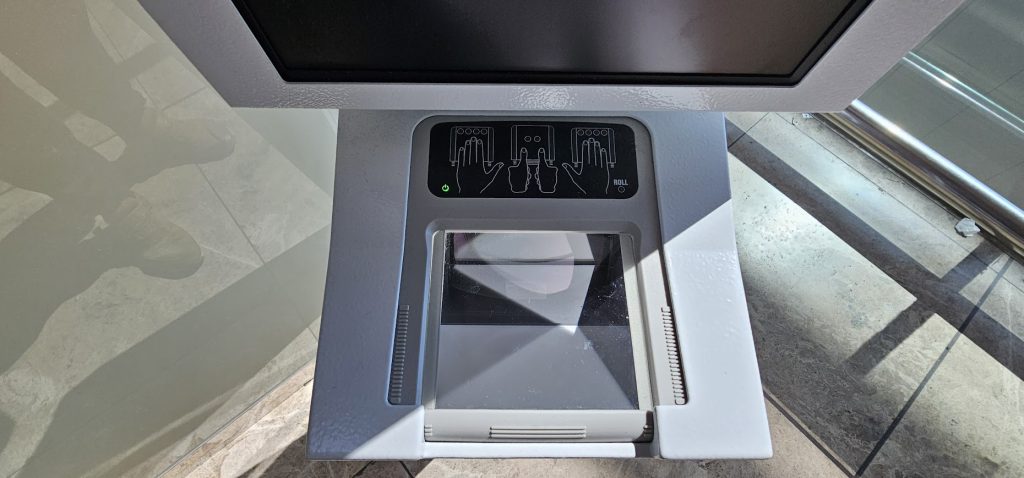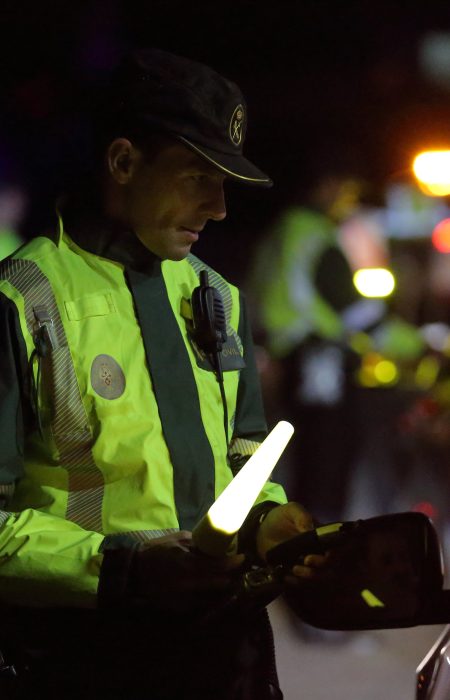If you’re a visitor, you might have your fingerprints and picture taken at the border. Please keep in mind that EES registration is being rolled out slowly, so not all passengers will have to register, and machines may not always be in operation.
You don’t have to go through EES if you live in Spain and have a valid TIE.
Over the course of six months, the Entry/Exit System (EES) will be rolled out slowly along the external borders of the 29 European countries. These European countries will roll out the different parts of the EES in stages. For example, they will start collecting biometric data like fingerprints and face images. This means that biometric data (such fingerprints and face images) may not be gathered right away at every border crossing, and the system may not have their personal information. As usual, passports will still be stamped.

This gradual rollout will go on until April 9th, 2026. Starting on April 10th, 2026, the EES will be completely functional at all external border crossing locations in European countries that use the system.
If you are a non-EU citizen travelling to a European country for a short stay utilising the EES, you are subject to the EES.
You don’t require a visa if you want to stay for up to 90 days in any 180-day period.
Your travel document information and other personal information, such as your entry and exit dates, will be stored electronically in the system. This process will make it easier for you to cross the border.
The EES will find you and record this information if you stay in European countries longer than the time authorised.
If the authorities turn you away, the system will also keep track of this.
The EES will keep different biometric data for you based on whether or not you need a short-stay visa.
If you want to go to European countries with the EES, do you require a short-stay visa?
The system will simply save your face image (your fingerprints were already saved when you filed for a visa).
In this situation, the system will keep four of your fingerprints and a picture of your face.
Right now, kids under 12 years old don’t get their fingerprints scanned, even if they are part of the EES.
Biometrics are a dependable means of:
effectively recognising persons, which cuts down on situations of mistaken identity, discrimination, and racial profiling by a large amount
finding out who undocumented passengers are who are already in the Schengen Area (irregular immigration)
matching entry and exit data for “real” passengers.
Biometrics can make the EES safer in European countries by:
keeping kids from going missing or being trafficked
lowering the chance that people will be wrongly arrested and taken into custody
helping to stop terrorism and serious crime.
Collecting biometrics can affect travellers’ privacy, but the EES technology makes sure that people’s basic rights are maintained.
You need a biometric passport, which is a passport that has a chip with your biometric information on it that was taken from you when you applied for the passport.
You won’t be able to use self-service systems if you don’t have a biometric passport.
If someone tries to enter the Schengen area after previously staying there for 90 days in a 180-day period, they will be turned away at the border. Also, the information about the refusal of entry must be recorded in the EES. If the person is not required to register with the EES, a cancelled entry stamp must be put in their passport.
Further information can be found at the official website.









No Comment! Be the first one.